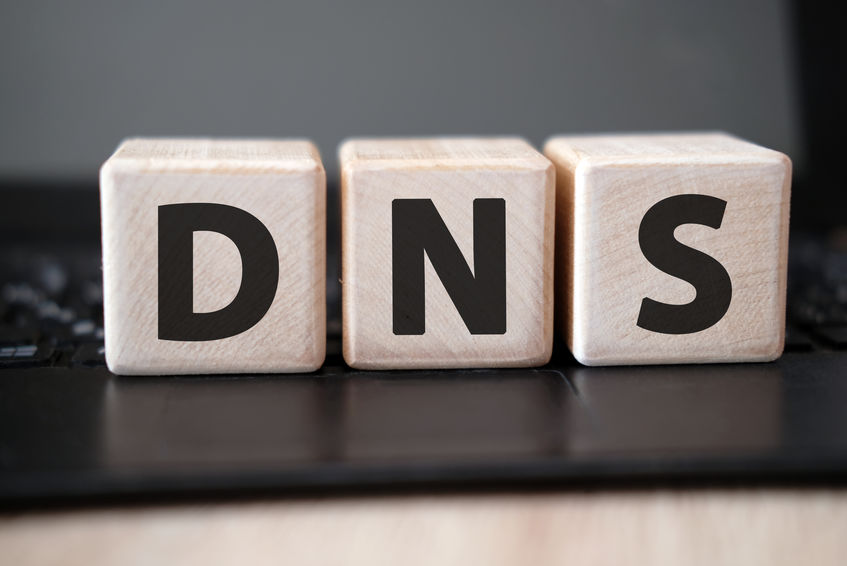The DNS is the reason why the Internet is even possible. It is the backbone. It is the one that facilitates the connection between hostnames, services, servers, IP addresses, and more. The DNS is a complicated, a bit old system that we use hundreds or even thousands of times a day.
What is DNS?
DNS means domain name system. It is a hierarchy directory, where hostnames (domains) match IP addresses (numbers). It is the so much needed translator between us, the humans and the machines – servers. We use easy to remember names that finish with TLDs (top-level domains like .com). Computers, on the other hand, work with IP addresses (like 130.211.0.0).
DNS elements
- DNS record. The DNS records are small text files that serve a specific purpose. The A record, for example, connects domain names and IP addresses. There are plenty of DNS types.
- DNS query. Each query searches for a DNS record. The query starts from a device and hops from a DNS server to another until one can resolve it.
- DNS authoritative server. This is the primary server that has the zone file. It could be further away from the users, but it will have the most up to date data.
- DNS recursive server. This one is kind of a middle man. It has a cache memory where it can save DNS records. The recursive server will save the information from the moment a DNS query gets successfully answered and passes through it until the moment the DNS record gets too old (depends on the TTL value). Such a server searches for the DNS records if it does not have it.
